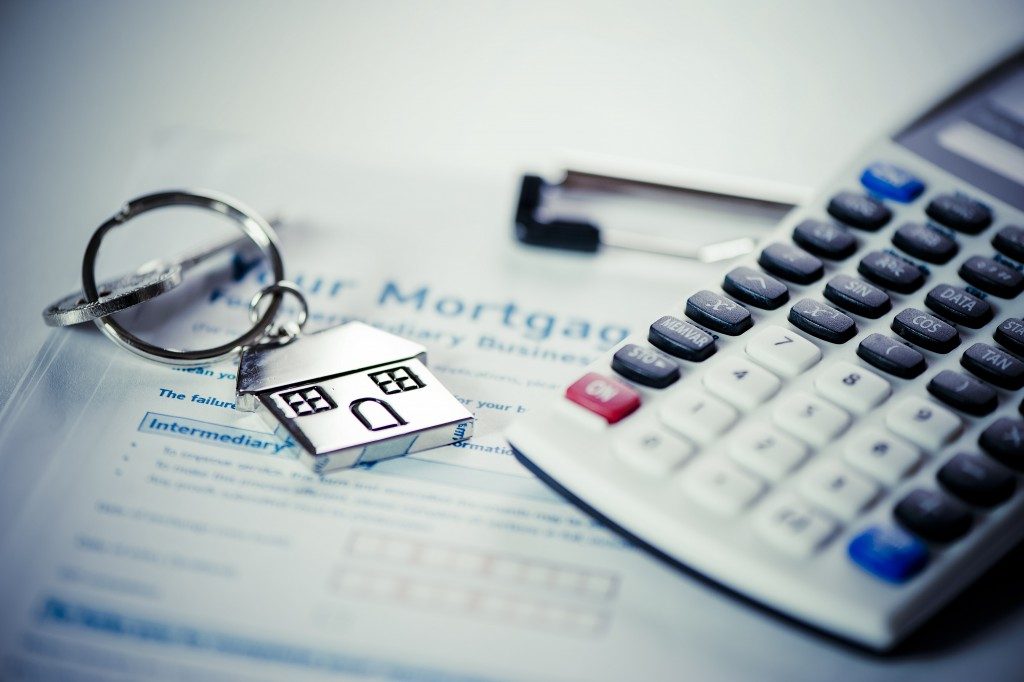As home buying is a financial undertaking, it all comes down to whether or not you can afford all the expenses associated with taking the plunge. The sad part, however, is there’s plenty of misleading information when it comes to home affordability. This only makes it important to do your research and talk to reliable lenders to learn the truth about financing a home purchase.
Here are some home affordability misconceptions:
You need an excellent credit score to get preapproved
While an excellent credit score does help in getting a mortgage preapproval, this does not mean that you can’t buy a home with a lower score. Government-backed mortgages like VA and FHA loan programs accept a FICO score of 500 or higher. There are also companies that offer conventional mortgages to lower credit applicants.
Do take note that even though you can get a mortgage with a low credit score, there are rewards to making sure that your score is as good as possible before contacting lenders. As an excellent score has a positive effect on your mortgage rate, Utah lenders note that this also translates to paying less interest over the life of the loan.
You need a 20% down payment
This was the norm a few decades ago, but the substantial increase in home prices has changed. Besides, hitting the 20% mark has become increasingly difficult for many of those who wish to buy. Good thing, there are now conventional mortgage programs and lenders that allow a down payment as little as 3% or 5%.

If you’re serious about buying and can only put 5%, for instance, you will have to pay private mortgage insurance (PMI). This is to protect the lender in case you default or back out on the loan. This will be non-existent if you strive to pay for 20%. Then again, your PMI will be eliminated once you have (at least) 20% equity in the house.
The amount on your preapproval letter should your budget
Getting a preapproval before buying a house is good. As it lets you know the amount of mortgage the lender is willing to let you borrow, you can proceed to look for houses that fit that amount. Keep in mind, however, that the figure indicated in your preapproval is the absolute amount of money (the ceiling) you can borrow. It shouldn’t be your budget.
The right move is to shop for houses below that amount. This is to afford all related expenses that may arise during and after the process. You should also take note that your preapproval amount doesn’t account for other fees and expenditures like monthly maintenance and utilities. You need to have a firm budget that suits your current situation.
Homeownership is a financial responsibility: Apart from getting a mortgage, setting a budget, and paying the down payment and closing costs, you also have to pay for move-in expenses. These include appliances, furnishings, fixtures, and anything that you need inside the house. You need to spend some more to make the property livable for you and your family. Preparing and doing your homework can go a long way in assessing if you can really afford a home.




